The continents of Earth offer a diverse tapestry of landscapes, cultures and natural wonders. Across the seven continents, each plays a unique and vital role in shaping the global mosaic. In this article, we will take an in-depth look at the largest continent, examining its size, population and distinctive features.
Largest Continent in the World
Asia is the largest continent in the world both in terms of area and population which covers an area of 44.6 sq. km and approximately 4.6 billion of population.
Here is the list of largest continent of the world:
| S. No. | Continent | Area (in million sq. km) | Area (in million sq. mi) | Population |
| 1. | Asia | 44.6 | 17.2 | 4.6 billion |
| 2. | Africa | 30 | 11.6 | 1.3 billion |
| 3. | North America | 24.5 | 9.4 | 369 million |
| 4. | South America | 17.8 | 6.9 | 431 million |
| 5. | Antarctica | 14.2 | 5.5 | 1,000-5,000 (seasonal) |
| 6. | Europe | 9.9 | 3.8 | 746 million |
| 7. | Australia | 7.7 | 3 | 43 million |
1. Largest Continent of the World: Asia

Area: 44.6 million sq. kn (17.2 million sq. km)
Population: Asia is home to over half of the world’s people with the approximately 4.6 billion population.
Distinctive Features:
Some of the distinctive features of continent Asia are as follows:
- Asia is the world’s largest continent both in terms of area and population.
- Asia continent includes 50 countries.
- China and India are the most populous countries in the world, located in Asia.
- Gateway of Asia: Singapore
- Indonesia is the largest island group of Asia.
- Bering Strait acts as a link between Asia and North America.
- Asia boasts the highest and lowest points on Earth, the highest point is Everest and Dead Sea is the lowest one.
Check This: Smallest Continent in the World
2. Second Largest Continent: Africa
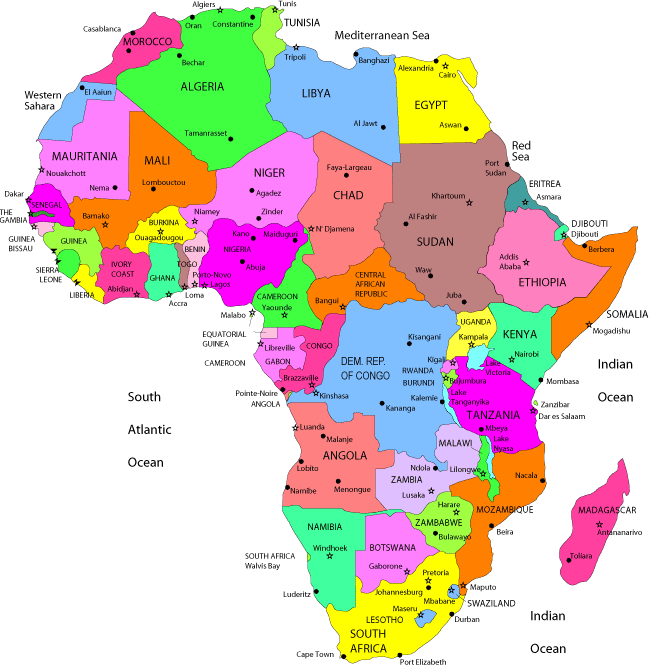
Area: 30 million sq. km (11.6 million sq. km)
Population: 1.3 billion (approx.)
Distinctive Features: The Nile River, World’s longest river, flows through Africa, nurturing civilization for millennia. The continent is renowned for its breathtaking landscapes, wildlife and cultural heritage. Dark continent, Blind continent and Poor continent are the other names of Africa. This continent is home of World’s largest desert, Sahara Desert and World’s longest grass, Sawana grass.
3. Third Largest Continent: North America
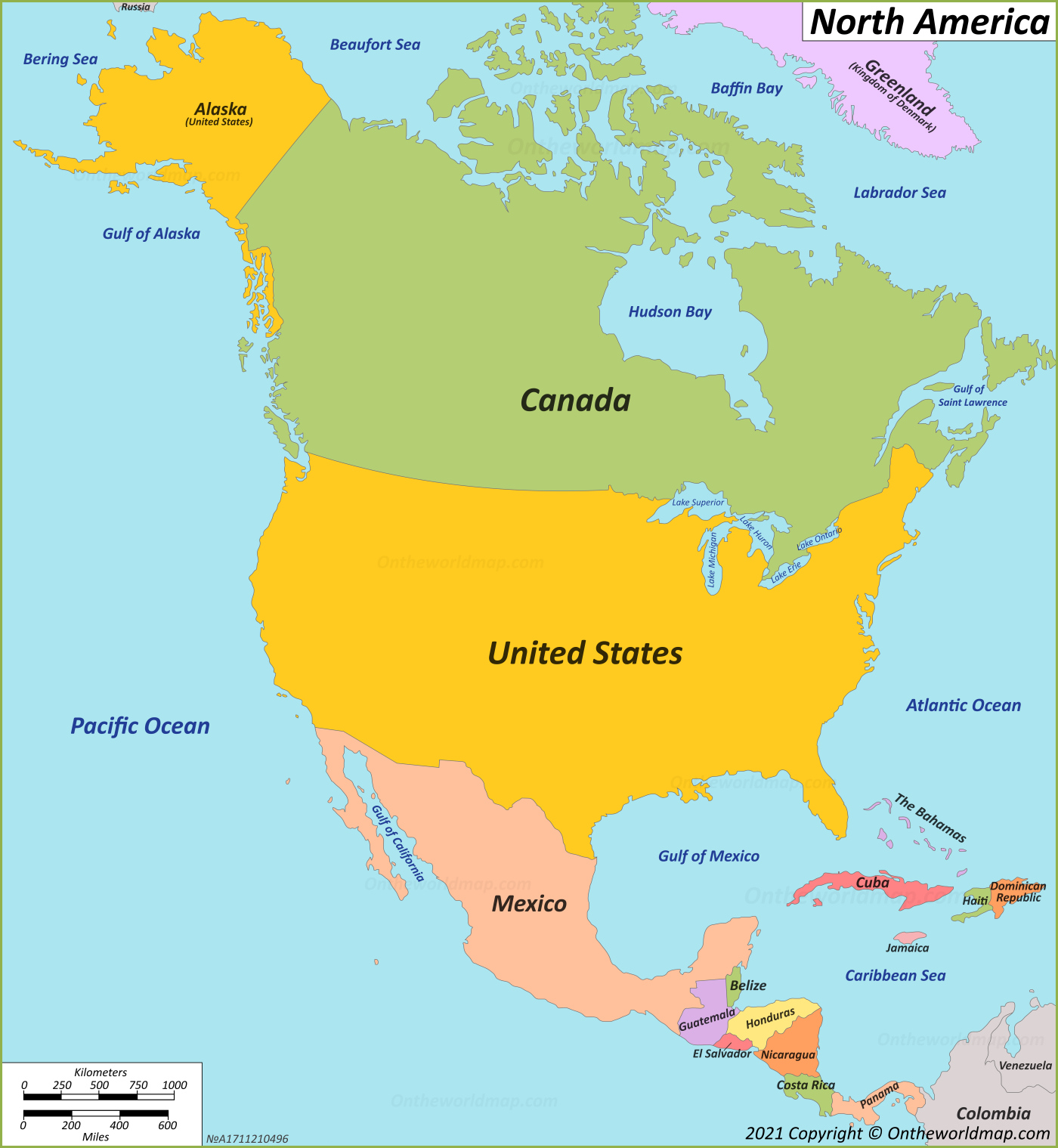
Area: 24.5 million sq. km (9.4 million sq. km)
Population: 369 million
Distinctive Features: North America is the world’s third largest continent by area and stands at the fourth position in terms of population. The World’s largest freshwater lake, Superior Lake is a defining feature of this continent. The world’s second largest mountain, Rocky Mountain is located in this continent. Some of the important deserts of this continent are: Great Basin desert, Mojave, Sonoren and Chihua hua desert. The continent boasts both natural beauty and technological innovation.
4. South America
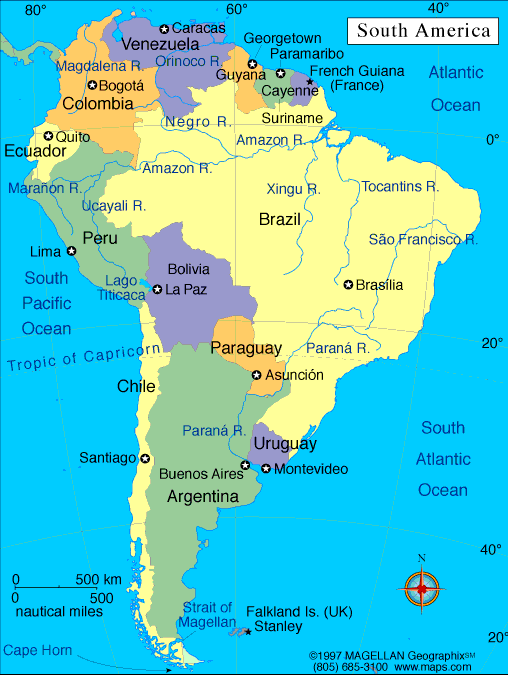
Area: 17.8 million sq. km
Population: 431 million
Distinctive Features: South America, the fourth-largest continent at 6.9 million sq. miles, ranks fifth in global population with 431 million residents. Sao Paulo, Brazil, stands as one of the world’s most populous cities, ranking fourth. Moreover, South America boasts the world’s longest mountain range, the Andes, spanning 4,350 miles from Venezuela to Chile.
5. Antarctica
![Map of Antarctica – Printable Antarctica Map [PDF]](https://worldmapblank.com/wp-content/uploads/2021/02/Labeled-Antarctica-Map-with-Countries-825x687.jpg)
Area: 14.2 million sq. km
Population: 1,000-5,000 (seasonal)
Distinctive Features: Antarctica stands as the fifth-largest continent, covering 5.5 million sq. miles, but it holds the last place in population, with no permanent residents. However, during the summer, up to 4,400 researchers and personnel inhabit the continent, decreasing to 1,100 in the winter. Antarctica’s extensive ice cover plays a crucial role in regulating heat, moisture and gas exchange between the ocean and the atmosphere, thereby influencing global weather patterns and over time, climate.
Find More General Studies News Here

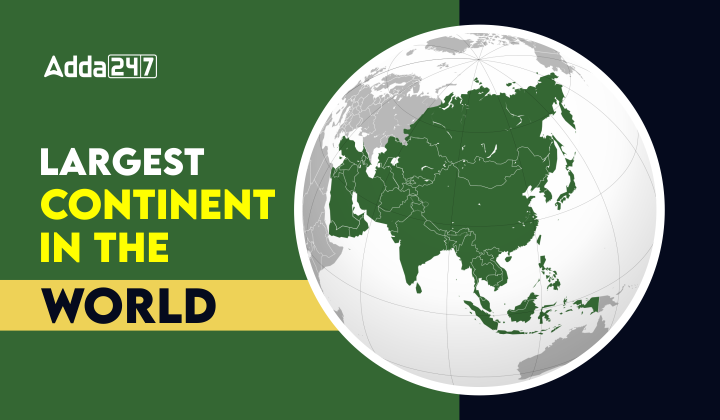


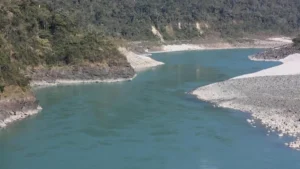 Which Glacier is the Source of the Brahm...
Which Glacier is the Source of the Brahm...
 What is the Full Form of EDP? Know Every...
What is the Full Form of EDP? Know Every...
 Which City of Germany is Known as the Gr...
Which City of Germany is Known as the Gr...







